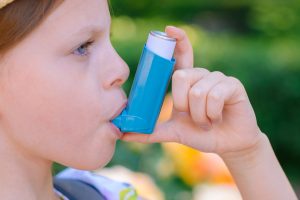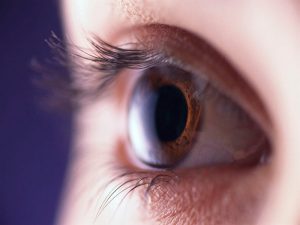
As outdoor gatherings begin for the Fourth of July holiday, a leading asthma and allergy group is offering suggestions on how to avoid those seasonal symptoms. “The Fourth of July is a great time to gather with friends and family and celebrate summer,” said Dr. Kathleen May, president of the American Academy of Allergy, Asthma and Immunology (ACAAI). “But as with any outdoor holiday, July Fourth festivities mean those with allergies and asthma need to take a few extra precautions to make sure their holiday is safe, and sneeze- and wheeze-free. “Those with asthma need to be cautious at events where smoke will be featured. Smoke in any form — from fireworks, bonfires or campfires — should be avoided as it can cause asthma to flare,” she added in an ACAAI news release. Among other tips are to avoid “wings and stings.” If you’ve had a previous allergic reaction to a sting, always carry two doses of your epinephrine auto-injector, the ACAAI advises. Stay safe by wearing shoes when walking in grass where stinging insects may be looking for food. Cover soft drink cans and food because these bugs love open cans and containers. Your asthma may flare with temperature swings, such as going from a hot picnic area to a cold pool or an air-conditioned room. Consider instead doing an indoor workout on a… read on > read on >






































